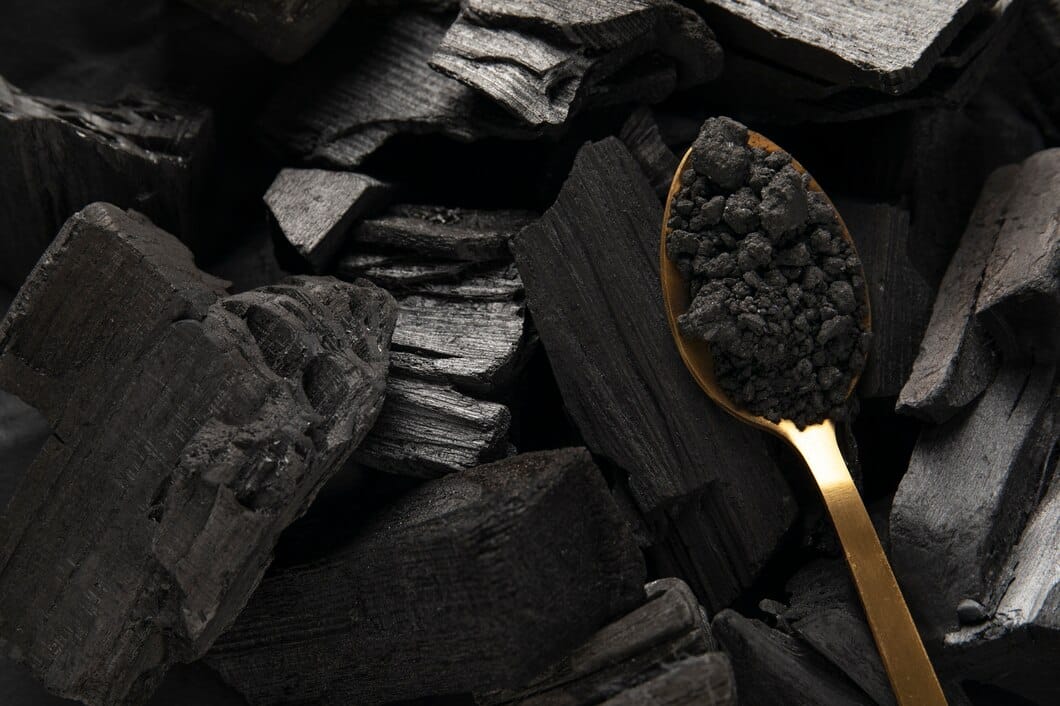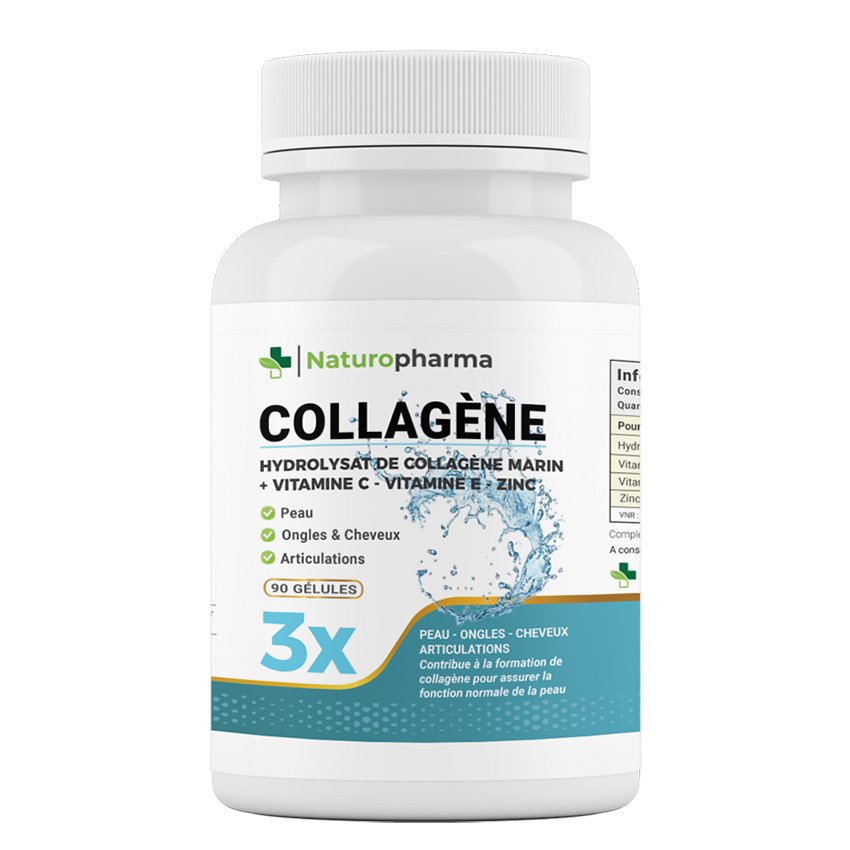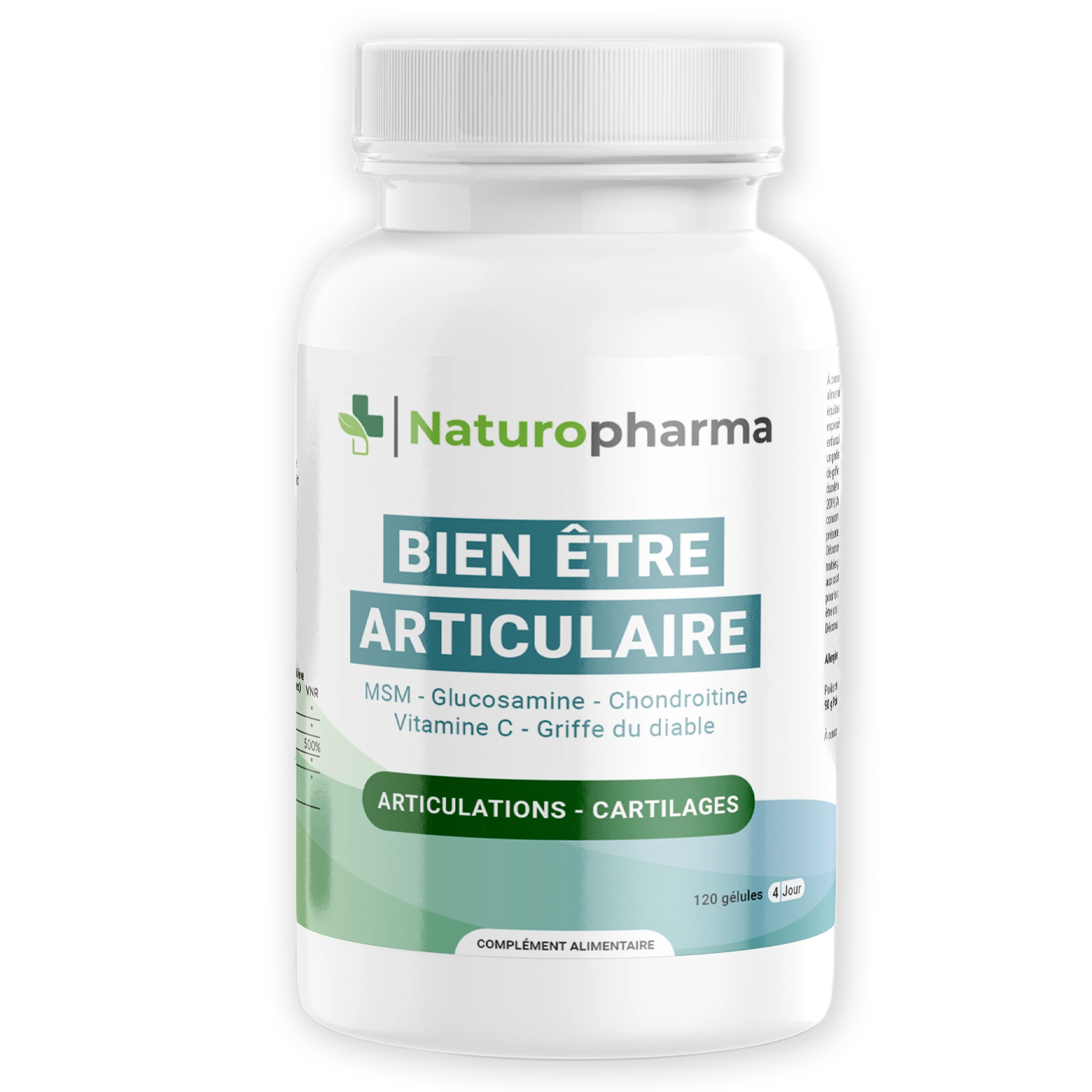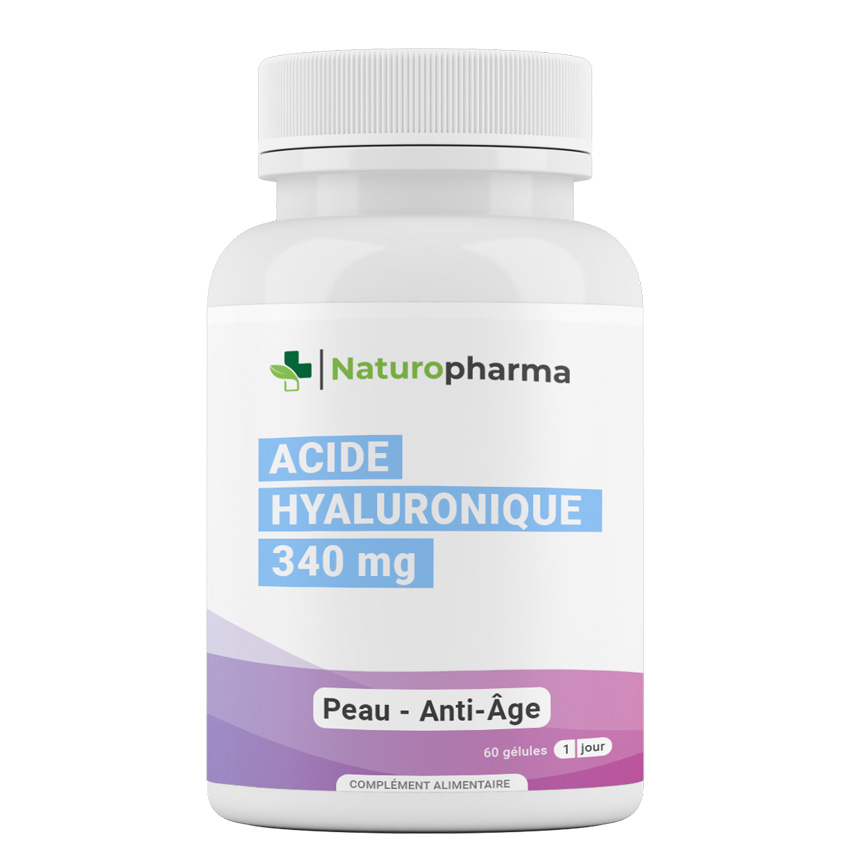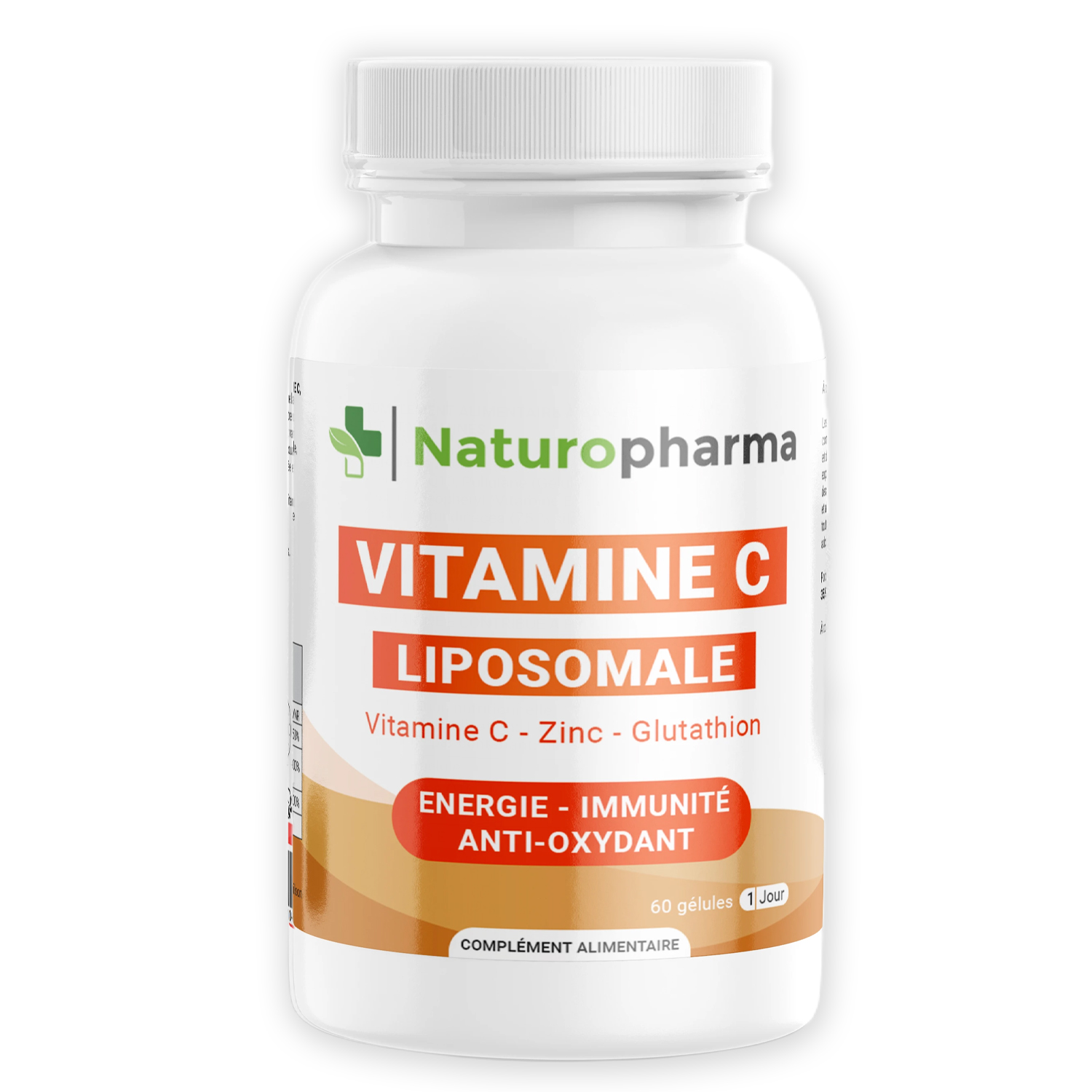Vegetable charcoal is an increasingly popular dietary supplement thanks to its many health benefits. Used for centuries in traditional medicine, it is now recognised for its purifying and detoxifying properties. In this article, we'll take a look at the origins and uses of vegetable charcoal as a dietary supplement.
## Origin of vegetable coal
Vegetable charcoal is obtained from vegetable matter, such as wood, peat or olive stones, which are heated to a very high temperature in the absence of oxygen. This heating process, known as "carbonisation", produces charcoal. The charcoal is then activated by steam treatment, which gives it a porous structure and increases its absorption surface.
Traces of the use of vegetable charcoal date back to ancient times, notably in Egypt and India. It was used to purify water and relieve intestinal problems. Over time, its properties have been rediscovered and charcoal has become an essential ingredient in traditional medicine in many countries.
## The benefits of vegetable charcoal as a dietary supplement
Vegetable charcoal is best known for its absorbent and detoxifying properties. Thanks to its porous structure, it can absorb and trap undesirable substances in the body, such as toxins, bacteria and intestinal gases. It acts like a real 'magnet', attracting all these substances and eliminating them naturally through the digestive tract.
The purifying action of vegetable charcoal makes it an ally in the treatment of digestive disorders such as bloating, gas, diarrhoea and food poisoning. It can also be effective in relieving the symptoms of irritable bowel syndrome and Crohn's disease.
Vegetable charcoal is also renowned for its anti-inflammatory properties. By eliminating toxic substances from the body, it helps to reduce inflammation and soothe joint and muscle pain.
Finally, vegetable charcoal can also be beneficial for skin health. Thanks to its purifying action, it can help treat acne, eczema and psoriasis. It can also be used for insect bites and minor burns to relieve itching and pain.
## How can vegetable charcoal be used as a dietary supplement?
Vegetable charcoal is available in various forms: powder, capsules, tablets or capsules. It can be taken internally or applied topically as required.
As a dietary supplement, we recommend taking 1 to 2 grams of vegetable charcoal a day, preferably between meals, with a large glass of water. It is important to stick to the prescribed doses, as over-consumption of vegetable charcoal can reduce the body's absorption of certain essential nutrients.
It is best to take charcoal away from meals and other medicines, as it can reduce their absorption. You should also drink plenty of water to avoid constipation, which can be a potential side effect of vegetable charcoal.
Vegetable charcoal can also be applied topically to treat certain skin problems. Simply mix the charcoal powder with a little water to form a paste and apply directly to the affected area.
## Precautions for use
Although vegetable charcoal is considered a natural and safe product, it is important to follow certain precautions when using it. Pregnant or breast-feeding women and people suffering from chronic constipation should not take vegetable charcoal as a dietary supplement.
If you are taking medication, it is advisable to seek your doctor's advice before starting a course of charcoal, as it may reduce its effectiveness.
Finally, it's important to choose a quality charcoal from natural sources to guarantee its purity and effectiveness.
## In conclusion
Vegetable charcoal is a food supplement with multiple health benefits. Thanks to its purifying and detoxifying properties, it can help treat digestive disorders, skin problems and reduce inflammation. However, it's important to follow the precautions for use and choose a quality product to reap the full benefits. Don't hesitate to talk to your doctor before starting a course of charcoal to make sure it's right for your state of health.
Sources :
– Charcoal in medical toxicology
– Charcoal as a crucial ingredient in various foods and beverages: A review
– Surface chemistry of activated carbons and its characterization

